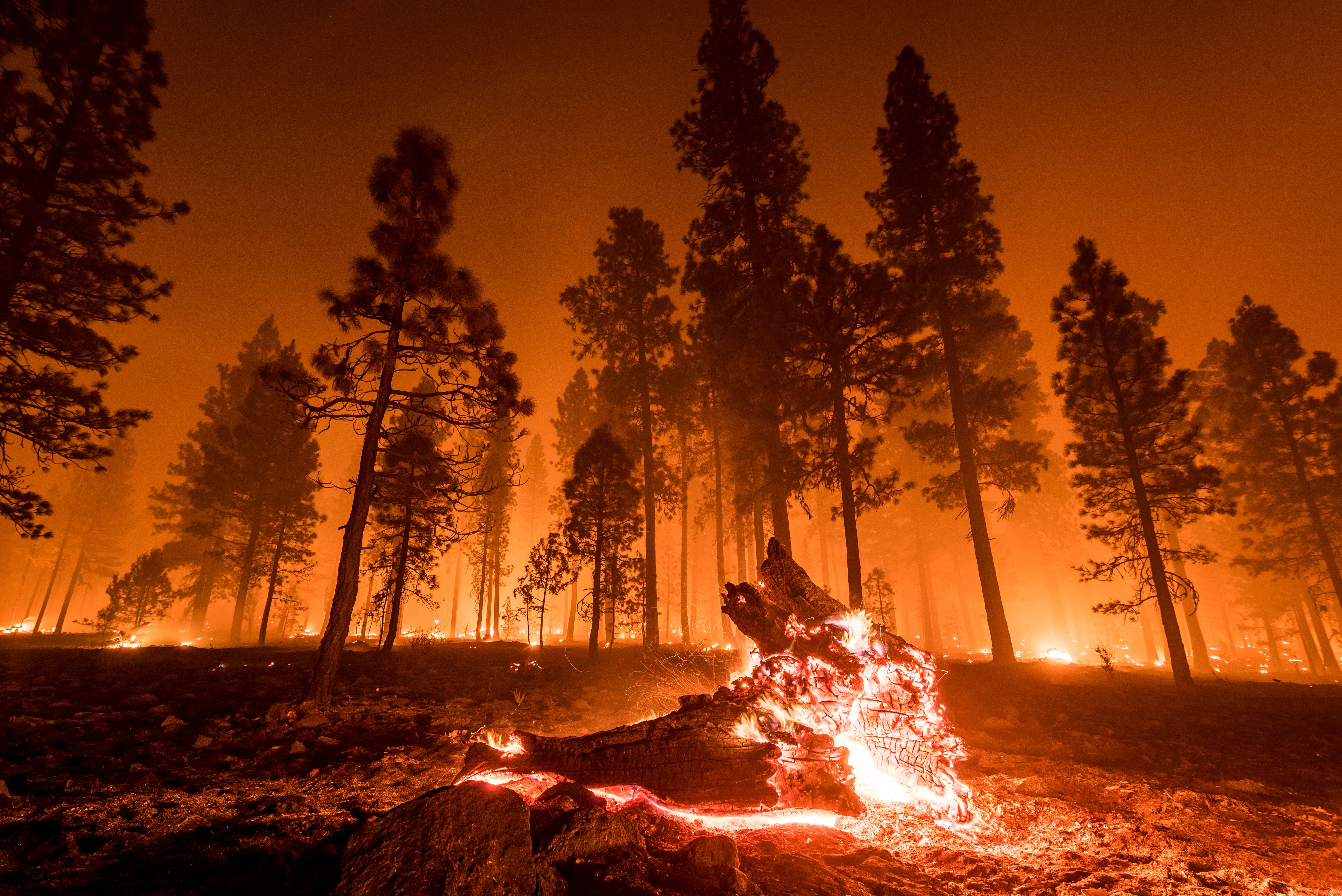Advancing Soil Carbon Analysis Post-Wildfire with Spectroscopy and Machine Learning
Researchers from the University of Oviedo used diffuse reflectance spectroscopy (DRS) and machine learning (ML) to analyze post-wildfire soil organic carbon fractions, identifying key spectral regions and algorithms for advancing remote sensing applications.
With the Los Angeles wildfires ravaging southern California, displacing thousands of Americans and destroying many homes and communities, it has raised questions about environmental management practices and how to prevent natural disasters such as these from not being as destructive (1).
Apart from the human impact of wildfires, there is also an environmental impact. When wildfires spread through land, they destroy the plant life that exists there. As a result, ecosystems are changed, resulting in direct impacts to soil organic carbon (SOC) (2). A recent study explored this topic, investigating how advanced spectroscopic techniques and machine learning (ML) algorithms can be used to discern new information about post-wildfire SOC dynamics (2).
Fallen log burns in California wildfire | Image Credit: © MyPhotoBuddy - stock.adobe.com

Wildfires are caused naturally and by human events. For example, wildfires can be ignited by a lightning strike or the sun’s heat, but human activities such as discarded cigarettes and unattended campfires can also start them (3). Wildfires spread when flammable material, which is prevalent on many forest floors that are mismanaged by humans, gets ignited and huge gusts of wind spread the fire across the land, creating a scenario that makes it difficult for firefighting teams to contain them.
In the study, researchers from the University of Oviedo used diffuse reflectance spectroscopy (DRS) to capture spectral data and applied ML algorithms to analyze SOC changes (2). DRS was chosen for this study because it is a non-destructive technique and allows for rapid data collection. When paired with ML, its potential for environmental monitoring expands significantly (2). The raw spectral data collected required transformation via first and second derivatives to enhance resolution and ensure precise measurements (2). These transformations highlighted key spectral regions, particularly in the near-infrared (NIR) range, which were critical for understanding the chemical features of SOC and clay content (2).
The researchers applied several ML techniques in their study. Among the ML techniques employed, quantile random forest (QRF) emerged as the best algorithm because it did a better job to predict the more stable, recalcitrant SOC fraction (2). The study revealed that QRF delivered high goodness-of-fit metrics, with coefficient of determination (R²) values ranging from 0.62 to 0.83, and relative root mean square error (rRMSE) percentages between 7.99 and 78.70 (2).
The study’s findings underscored the importance of specific spectral regions in the long NIR zone, which were strongly associated with clay content and organic carbon bonds (2).
The study also highlights the potential of integrating DRS with remote sensing technologies like drones and satellites. By leveraging these tools, researchers can gather extensive data over large areas, enabling more frequent and cost-effective monitoring of SOC dynamics. (2).
Building on their chemical database and advanced spectral analysis, the future goal is to refine their models further. By pinpointing specific wavelength ranges, they hope to develop a comprehensive methodology that can be adapted for various environmental applications (2).
Some areas are more prone to wildfires than others. California, because of its numerous forests and susceptibility to high winds, is one of those places, particularly around the Los Angeles area (1). As the Los Angeles wildfires continue to rage on as first responders seek to get the fires extinguished, scientists are continuing to study the impact wildfires have on local ecosystems and environments. The researchers demonstrated that the combination of DRS and ML not only enhances the precision of SOC analysis, but it also opens new pathways for scalable, remote monitoring, which can lead to improved conservation efforts (2).
References
- Regan, H.; Tsui, K.; Park, H.; et al. Los Angeles Wildfires: Death Toll Unknown, Thousands of Structures Destroyed and Tens of Thousands Flee. CNN.com. Available at: https://www.cnn.com/weather/live-news/los-angeles-wildfires-palisades-eaton-california-01-09-25-hnk/index.html (accessed 2025-01-09).
- Salgado, L.; Forjan, R.; Rodriguez-Perez, J. R.; et al. Soil Organic Carbon Fractionation Assessment in Areas with High Fire Activity Using Diffuse Spectroscopy and Tree-Based Machine Learning Algorithms. Earth Sys. Environ. 2025, ASAP. DOI: 10.1007/s41748-024-00564-0
- Moore, A. Explainer: How Wildfires Start and Spread. NCSU.edu. Available at: https://cnr.ncsu.edu/news/2021/12/explainer-how-wildfires-start-and-spread/ (accessed 2025-01-09).
New Imaging Method Offers Breakthrough in Forest Soil and Tree Analysis
May 5th 2025A new study published in Geoderma Regional by J. A. Arias-Rios and colleagues at IFAB demonstrates that near-infrared (NIR) spectroscopy is a rapid, cost-effective tool for assessing soil and tree traits critical to forest ecosystem monitoring and management.